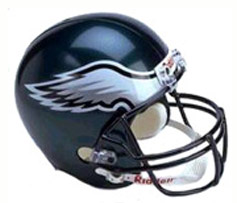 by Nav » Fri Feb 11, 2005 6:32 am
by Nav » Fri Feb 11, 2005 6:32 am
Papa, years ago I learned to fly in a T21, which is an open-cockpit glider. Less hair would have been a positive advantage!
About speeds etc., here's my system. Plenty on here will disagree, or suggest changes, but it's simple, and it works well enough for me!
1. Before takeoff, set the autopilot to speed 250 knots, rate of climb 2,000 ft./min. But DON'T turn it on before you're off the ground with gear up and flaps retracting, of course!
2. Hold that to 10,000 feet (the speed is an international rule). But watch N1 - if it goes over 80%, cut the rate of climb a bit (in the interests of fuel economy).
3. Above 10,000, jack the speed up to 275. Go on watching N1 and keeping it at 80% or below by fine-tuning the rate of climb.
4. Approaching 20,000, you should see the Mach speed getting up to about 0.65. Switch the autopilot to Mach. speed about then.
5. From there up to operating height, balance speed and rate of climb to keep N1 at about 80%.
6. On a long trip, some would advise levelling out at 25,000 and staying there until you have burned off some fuel (and therefore weight). If fuel isn't a problem, go all the way up.
7. At height, set the cruising speed at whatever the Learning Centre or Pilot's Notes recommend. For fuel economy, though, if you need it, cutting the speed to say Mach 0.72 has a more than proportionate effect on fuel consumption.
8. Coming down, my system is to set the 'Speed Hold' to 250 knots straight away. Of course, you'll be going a lot faster than that at height, particularly in a descent - but when you get down below 10,000 you'll be at a nice reasonable manoeuvring speed. Some aeroplanes - especially the default 747 - take a helluva lot of slowing down if you start the approach going too fast.





















